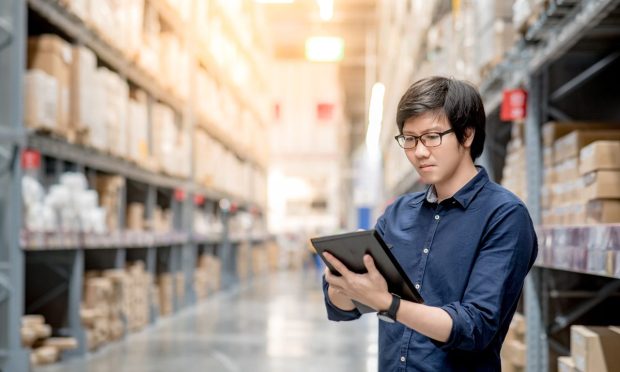SAAVI Revamps B2B Ordering App, Updates Features

Mobile ordering automation company SAAVI has debuted a new version of its mobile app, the company announced Tuesday (Jan. 25), which should offer new ways to place orders.
Per the release, the new version of the app will make it easier to place an order through the platform, and SAAVI offers numerous cross-industry services like food ordering, delivery management, wholesales, seafood ordering and butchers ordering.
The company also has products that support customer ordering, sales representative ordering, delivery driver signatures and business-to-business (B2B) and business-to-consumer (B2C) ordering.
The mobile app purports to make those things more accessible, offering various packages. The features of the B2B ordering app include live delivery vehicle tracking, advanced sales representative access through iPads and Android tablets, barcode scanning and credit card payment support.
There’s also more access to analytic reports offered, along with cart abandonment stats, customer app penetration, re-order data and other benefits.
PYMNTS wrote recently that companies have had to adjust to payment changes with the pandemic, with B2B companies having to gear themselves toward digital payment tools — or else risking losing business.
Read more: 47% of Businesses Say the Pandemic Has Affected Their Payment Acceptance Capabilities
Forty-seven percent of B2B companies surveyed said the pandemic has affected their payment acceptance capabilities, and another 42% say they have seen invoice delivery issues.
“The pandemic has provided a clear focus on improvement of workflows and technologies that process B2B payments, driving a move toward more diverse methods and channels of B2B payments — especially real-time payments,” Eric Bushman, vice president of solutions engineering at Worldpay B2B Payments, told PYMNTS.
The study also recently found that B2B firm representatives see the ability to make sales on digital channels to be more important now than they did from before the pandemic.
